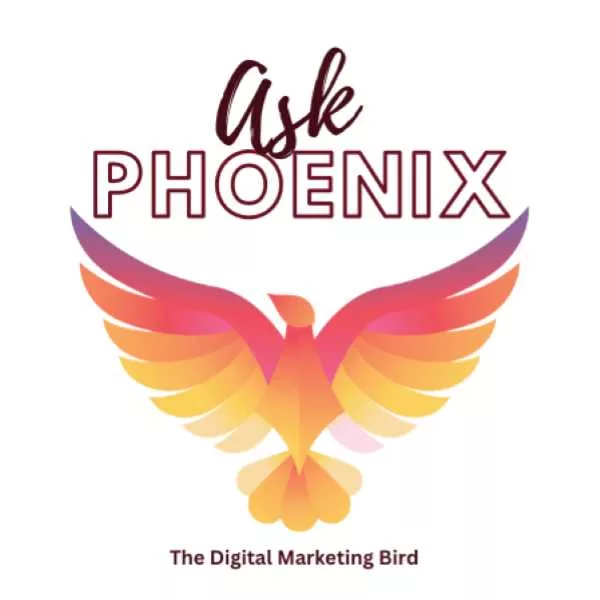Exceptional user experience (UX) is paramount for businesses seeking sustainable online success in 2024. Understanding the psychology behind user behaviour and emotions will now play a pivotal role in crafting websites. After all, optimising online experiences that truly engage and captivate visitors does ultimately convert users into customers. In this article, AskPhoenix will investigate the Top 6 Psychology Driven UX Web Design Trends projected to take-off in 2024 – and discuss how you can implement them in your web design.
What is Psychology-driven User Experience
Psychology-driven user experience (UX) in web design is an approach that focuses on understanding and leveraging the psychological aspects of user behaviour to create engaging online experiences. It involves applying principles from psychology to design websites that engage, captivate, and satisfy visitors, ultimately driving conversions and establishing a strong online presence. Through thoughtful design choices, tailored content, and strategic use of psychological techniques, web designers can create websites that resonate with users on a deeper level, leading to increased engagement, customer loyalty, and overall success. Here are the top six changes in psychology-driven web design trends for 2024:
1. Perception: Shaping User Experiences
Perception is a fundamental aspect of psychology that significantly influences website user experiences. Visitors interpret websites based on cognitive and emotional factors, influenced by their past experiences, expectations, and personal biases. By recognising the subjective nature of perception, business owners can tailor their 2024 web design and content to align with users’ unique perspectives, ultimately enhancing engagement and satisfaction.
2. Emotional Engagement: Creating Memorable Experiences
Emotions are central to human decision-making processes, including those related to purchasing and brand loyalty. Positive emotions such as joy, trust, and satisfaction foster stronger connections between customers and brands. Leading to increased customer loyalty and advocacy. Conversely, negative emotions can have an adverse impact on customer experiences, potentially driving customers away. Website owners must strive to evoke positive emotions such as joy, trust, and satisfaction through thoughtful web design and content choices. By prioritising emotional engagement in 2024, websites can foster deeper connections with online users, leading to increased loyalty, advocacy, and repeat visits.
3. Cognitive Biases: Optimising User Decision Making
Cognitive biases, subconscious mental shortcuts, greatly influence website user decision-making processes. Understanding and leveraging these biases in 2024 can help businesses design customer experiences that align with customers’ cognitive preferences. For instance, the availability heuristic bias can be utilised by highlighting positive online reviews or testimonials to influence purchasing decisions. Anchoring bias can be employed by presenting higher-priced options first to make subsequent options appear more affordable. Website owners can tap into these biases to optimise the decision-making process and guide users towards desired actions. By aligning web design elements and messaging with cognitive preferences, websites can influence user perceptions, preferences, and ultimately increase conversions.
4. Personalisation: Tailoring Experiences to Individual Users
Each website user is unique, with distinct preferences, needs, and motivations. Personalisation is a powerful web design tool that leverages psychological insights to deliver bespoke visitor experiences. In 2024, by using up to date website user exploration analytics, businesses can segment their customer base and identify individual preferences. Enabling web designers to provide personalised recommendations, targeted offers, and customised interactions. Personalisation fosters a sense of relevance, making customers feel understood and valued, ultimately leading to enhanced customer satisfaction and brand loyalty.
5. Social Influence: Building Trust and Credibility
Humans are social beings influenced by the opinions, behaviours, and recommendations of others. This phenomenon, known as social influence, has a significant impact on website user experience. Web designers can tap into this psychological principle by incorporating social proof, such as customer testimonials, reviews, and social media influencers, to build trust and credibility. Social influence also extends to the power of word-of-mouth marketing, which can either enhance or damage a brand’s reputation. By actively managing social influence in 2024, websites can build trust, credibility, and foster a positive perception among users. Ultimately driving higher engagement and conversions.
6. The Science of Persuasion: Driving User Actions
Understanding the principles of persuasion, as outlined by Robert Cialdini, is crucial for web design. By applying techniques such as reciprocity, scarcity, authority, consistency, liking, and consensus. Web design can influence user behaviour and drive desired actions. By employing persuasive strategies integrated into a website design, content, and calls-to-action. In 2024, online businesses will fully optimise user experiences, boost conversions, and ultimately achieve their business conversion goals.
Utilising psychology with web design…
Harnessing the power of the Top 6 Psychology Driven UX Web Design Trends in 2024 will be a game-changer for businesses and web designers seeking a competitive edge. By understanding the profound impact of psychology on website user behaviour, emotions, and decision-making. Web design can be tailored to deliver engaging, personalised, and persuasive experiences. By optimising perception, emotional engagement, leveraging cognitive biases, personalisation, social influence, and the principles of persuasion, website designers can maximise user satisfaction. Ultimately resulting in a 2024 web design that drives higher conversions, and establishes a strong online presence into the future.
I fyou found this article helpful, you may enjoy find out the Best Web Design Software for 2024



